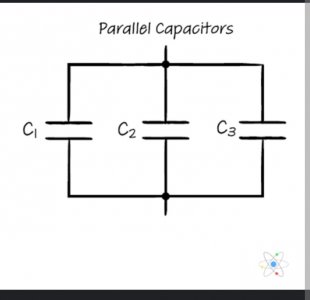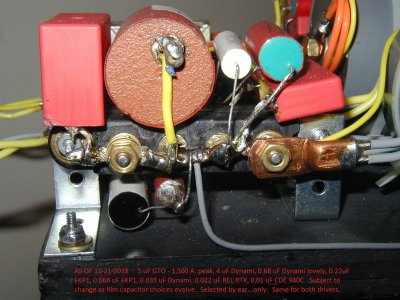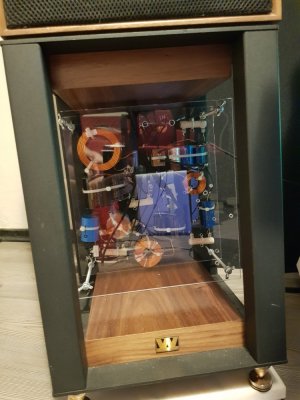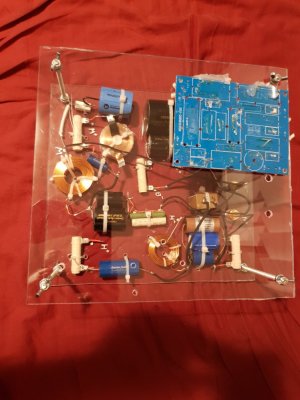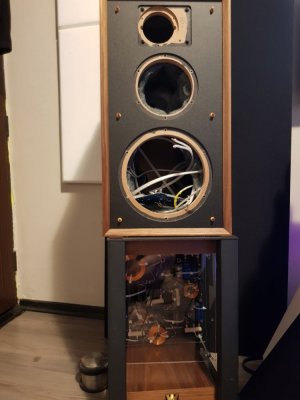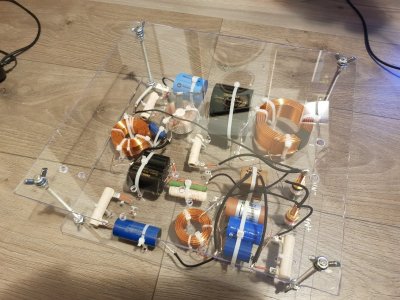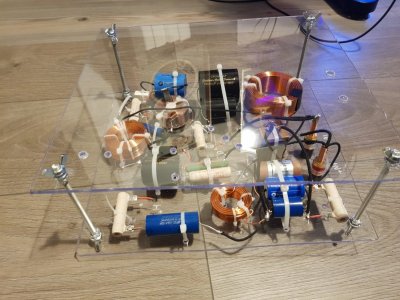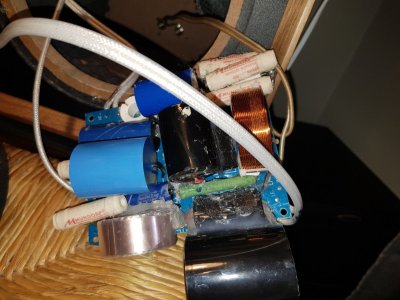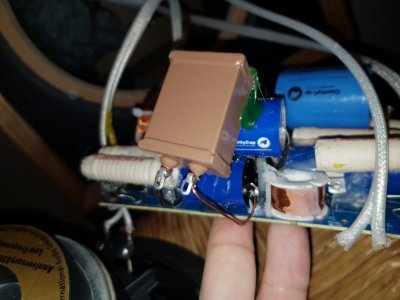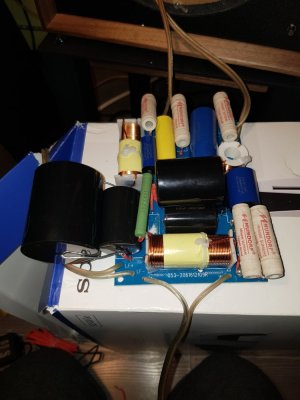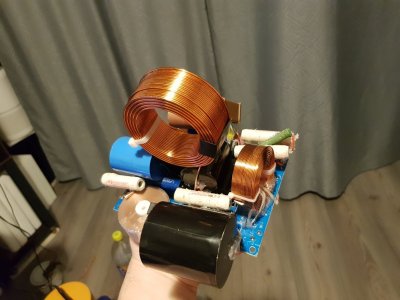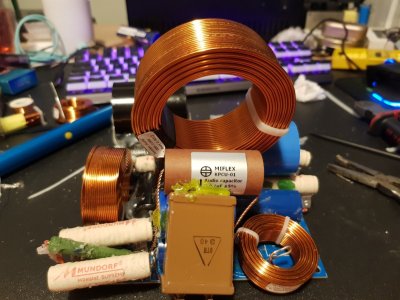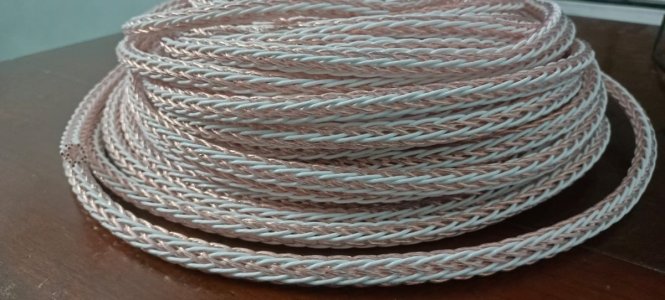Binding post installation:
Post fully damping the enclosure Installed CARDAS COPPER binding post. I didn’t buy red and black single binding post insulator which can readily fit for Wharfedale Linton. So have to customise the standard insulator plate which came along the binding post. Used a blade to cut the insulator and sanded to smooth the corners. Then painted them with mat black spray paint.
View attachment 72204
Used a box end nut driver bit and all the extension rods with rancher to drive the copper nut safely to secure the binding post on the speaker enclosure wall.
View attachment 72205
View attachment 72206
CARDAS COPPER Binding post link for reference.
View attachment 72207
Copper Colour and black insulator suits very well to the wall nut wooden texture of Wharfedale Linton enclosure.
View attachment 72208
Crossover Installation:
Now the only task I am eager to do is, to load the crossover boards in to the speaker cabin and connect soldering them to speakers.
I have to do it through the speaker hole and post damping the space is limited. managed to install the crossover boards with 3M double sided stickers to give a grip and damp to ply wood and used 1/2 inch screws to clamp them down to enclosure's floor.
View attachment 72209
Ensured kick bass magnet and basket is away from crossover components and securely routed the cables to speaker terminals. Started with tweeters and went to mid and low.
Used MUNDROF Silver Gold soldering lead for all over the upgrade installation.
Sanded the all speaker terminals to remove the existing tin and the paint in positive terminal of tweeter.
The hookup wire in the GR Research upgrade kit is 2mm single core copper one, unable fasten the tweeter in the stock hole slot post soldering them, the wire is so rigid and didn’t easily bend. So used a flexible 16 AWG short wire (3 inch length) to solder in tweeter and soldered them to original xover wire.
The tweeter flange is all plastic so very carefully applying heat makes sense.
The GR Research Upgrade kit is very good one, but not enough for all joints the way what I made. I used additional heat shrinks wherever needed.
Post finishing one speaker, just tested if its working as expected, as I didn't test the crossover before loading them to speaker, so was sceptical. the speaker sounded flawless and I took some break while listening 3 songs on "Notting Hill SACD" on single speaker. Can sense the new signature of sound and revealing details. this gave me an energy to complete the other speaker too.
View attachment 72211
Quickly moved in to the work room and started the work, this time things went fast as i have prior experience... LOL. While only one speaker left to soldered and loaded to finish line, I ran out of Mundrof soldering lead with 4 CM left over, Managed to solder the low bass and completed the install.
View attachment 72210
Couldn't resist and Didn’t wait any more to listen both speakers. Hooked them on amp and started replaying the Disc.
Got a WOW feeling, as the speaker started singing to is full glory.
View attachment 72212
Listening Experiences:
1. The speakers sounded louder compared to the same volume level that I used to listen earlier.
2. Tweeters open up.
3. There used to be a gap between male vocals and female vocals which has gone.
4. The upper midrange is crystal clearly audible.
5. Can sense more details on audio now.
6. Bass boom has gone.
Need to give some more run in as the capacitors may need one ? not sure about this.
I am over all happy with the outcome of installing this upgrade kit and there is a real good value to quality crossover components in this speaker. Wood be good or better if there is a bypassing capacitor option available on tweeter. But don’t have space for big caps. Some day will try one if it makes sense.


